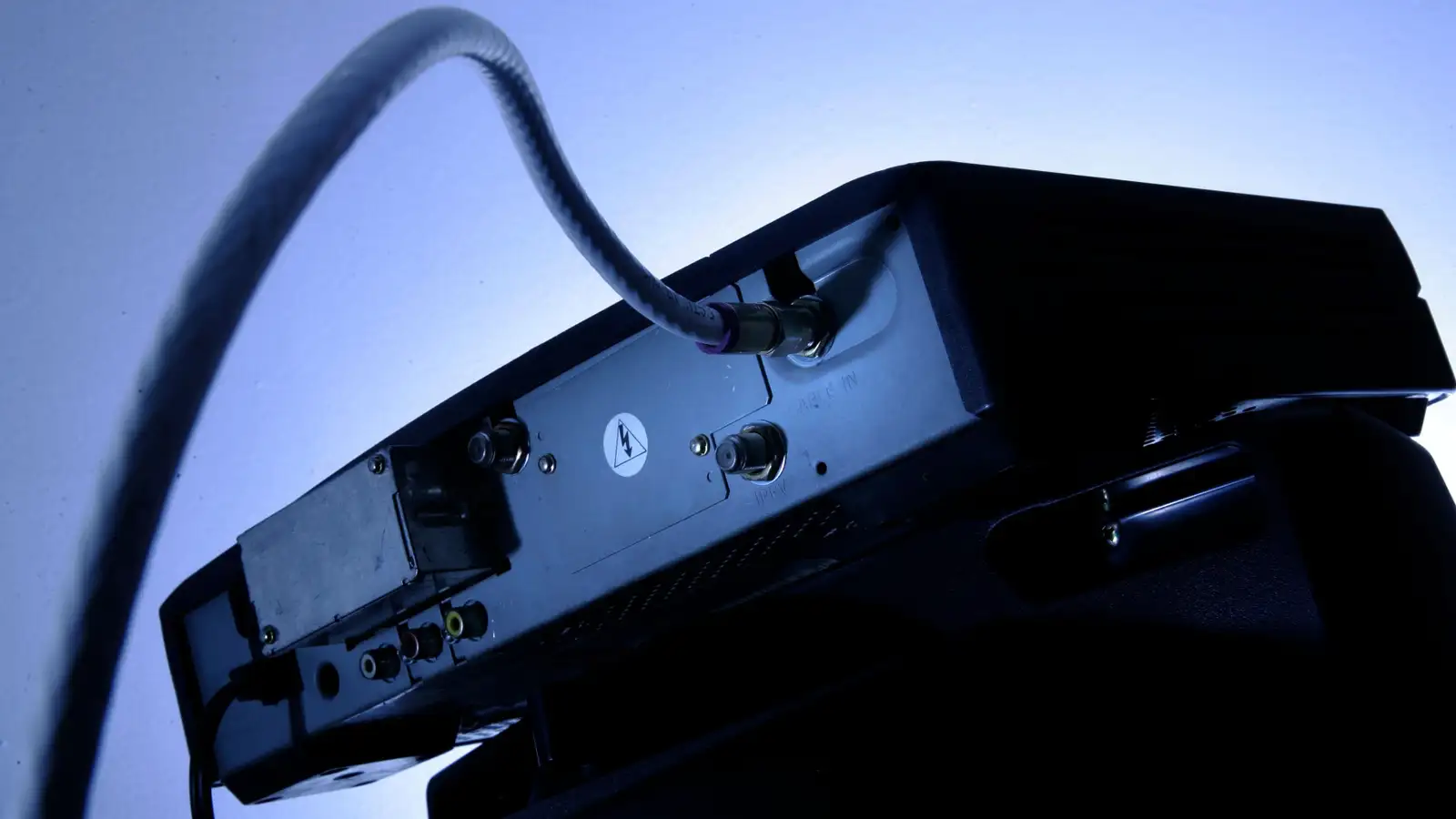One of the biggest reasons to cut the cord has little to do with canceling your pay-TV service. It’s about untethering yourself from the cable box—you know, the one you’re always losing the remote for.
Most US cable and satellite customers pay their TV providers each month to rent the set-top boxes they use to watch TV. It’s a small line item—normally less than $10 per device—on the cable bill each month. But the costs add up throughout the year. Households that access their service from more than one TV typically have to pay for multiple boxes as well.
US senators Ed Markey and Richard Blumenthal released a study in 2015 that found the average American was paying about $231 per year just to use their TV provider’s set-top boxes. The report, which aimed to release the lock the senators said TV providers had on the set-top box market, said 99% of customers were renting their set-top boxes from their TV providers.
Cord cutting offers more options. Media players from Roku, Amazon, Chromecast, and Apple work with most of the streaming-video services on the market and cost between $30 and $150, depending on the make and model. They generally last a few years. You could also stump for a decent HD antenna that will give you free, over-the-air channels for about $40 or more. In a few months, those devices pay for themselves, if you consider the equipment fees you could be paying with cable, as well as any installation costs your TV provider might also have charged you.
You don’t have to cut the cord to get in on the savings anymore. Sensing the changing tide, some providers have started freeing their TV services from the set-top box. Comcast is testing a TV platform that closely resembles the interface on its Xfinity X1 set-top box and works with Roku players, some Samsung smart TVs, and may hit other devices soon.
Trading your bloated pay-TV package, laden with channels you never watch, for a TV antenna or streaming-TV package can save money, too. The slimmer bundles from services like Sling TV and YouTube TV start around $40 per month, compared to the $100 or so a traditional pay-TV service costs. But cutting the cord is not a guaranteed way to save money. Depending on your TV consumption, the cost of subscribing to multiple streaming services in place of a standard pay-TV bundle—plus the price of higher broadband speeds to support all that streaming—may come out to roughly the same the price each month.
However, the savings from ditching your cable box rental could tip the scales. While you’re at it, lose the crappy router you’re probably renting from your broadband provider: You can buy your own good router for $100 to $200, instead of leasing one that almost certainly loses connection a few times a month for $10 a month.




